Coreform Cubit Case Studies
Why has Coreform Cubit been used globally for over two decades for some of the world’s most challenging industrial and academic engineering problems? Read our case studies to learn why it could be the best choice for you.

Coreform Cubit’s high-quality hexahedral meshes used by engineering service provider for electron beam simulations
Boltzplatz, developer of the open-source space simulation code PICLas, chooses Coreform Cubit for its combination of mesh quality, control, and ease-of-use for full hex meshes
boltzplatz is an engineering service provider and a spin-off from the University of Stuttgart, Germany. The company develops the open-source software PICLas, which was originally developed to simulate space systems, including atmospheric entry and in-space propulsion.

Simulating the kidney filtration barrier with Coreform Cubit
University of Buffalo research group uses Coreform Cubit to mesh microscale kidney anatomy for modeling filtration through the tissue.
Nicholas Glover is a Ph.D. student in the Systems Biomedicine and Pharmaceutics Laboratory led by Dr. Ashlee N. Ford Versypt, where he works on the mechanisms of chemical and biomechanical damage in kidney tissues during diabetic kidney disease.

Leading rock researchers rely on Coreform Cubit to decipher ancient magnetic recordings
Cutting-edge rock magnetism studies require quality meshes that can be exported to an in-house solver. Coreform Cubit was selected for the job.
The rock-magnetism group at the School of GeoSciences at the University of Edinburgh is performing groundbreaking research to better understand earth’s past through ancient magnetic recordings, and Coreform Cubit is an important part of their work due to the demanding mesh quality requirements for simulation of natural magnetic particles.

Python scripting in Coreform Cubit improves manufacturer’s workflow
Manufacturer of highly complex mechanical components uses Coreform Cubit to prepare mission-critical parts for simulation
TP Products manufactures highly complex mechanical components for the most demanding clients and settings. Simulation is an important part of their design process and testing, and they rely on Coreform Cubit scripting capabilities to efficiently automate hex meshes for quality simulations.

Coreform Cubit accelerates CFD simulations for leading provider of sustainable energy solutions
Thermax uses Coreform Cubit to prepare models for accurate computational fluid dynamics (CFD) simulations.
Thermax Group is a multimillion-dollar sustainable energy company whose complex multiscale projects require accurate computational fluid dynamics (CFD) simulations. Thermax relies on Coreform Cubit’s scripting capabilities to automate the creation of high-quality, hex-dominant meshes.

Geothermal reservoir simulation with Coreform Cubit
Dr. Biao Li of Concordia University used Coreform Cubit’s advanced hex meshing and powerful scripting to forecast the behavior of a geothermal energy reservoir.
Concordia University’s Dr. Biao Li studies complex thermo-hydro-mechanical (THM) coupled processes associated with geothermal energy sources. Simulation of these processes requires a high degree of control over the mesh. Coreform Cubit provided all the necessary tools, allowing researchers to fine-tune mesh quality and achieve accurate simulations.
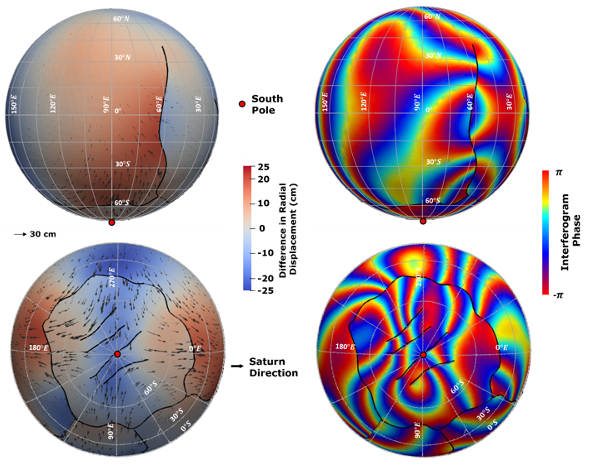
Exploring geodynamics on planetary satellites with Coreform Cubit
Coreform Cubit’s advanced meshing capabilities enable the California Institute of Technology to explore short-period crustal geodynamics on planetary satellites with complex 3D structures.
Dr. Mark Simons and his research group at Caltech conduct planetary-scale geodynamics research. They have developed finite-element models to probe crustal structure on planetary satellites, with a particular focus on Enceladus, a small (radius = 252 km), highly geologically active moon orbiting Saturn.
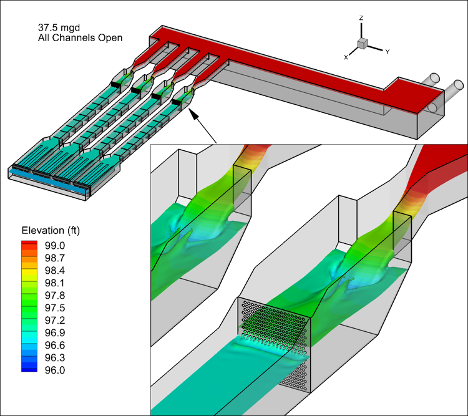
Carollo upgrades to Coreform Cubit for CFD meshing of water treatment facilities
Carollo selects Coreform Cubit for computational fluid dynamics (CFD) meshing to replace the venerable GAMBIT software.
Carollo Engineers is the largest firm in the United States whose focus and practice, since 1933, have been dedicated solely to water-related engineering.
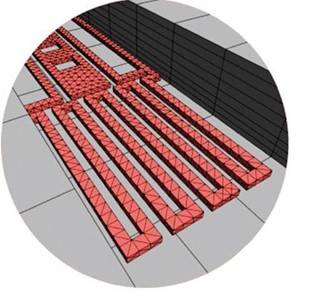
Engineering instructor teaches multiphysics simulation using Coreform Cubit
A postdoctoral instructor at Austria’s TU Graz tried all the most widely-used meshing software options for students. He chose Coreform Cubit for its ease-of-use and powerful feature-set
Dr. Klaus Roppert teaches both beginning and advanced courses on finite element methods and multiphysics simulation at Graz University of Technology (Technische Universität Graz, or TU Graz). Coreform Cubit, he says, was “the clear winner” of his search for a powerful but useable finite element preprocessor for classroom demonstrations and practical laboratory assignments.

Leading structural digital twin company Akselos relies on Coreform Cubit to efficiently mesh complex models
To mesh assemblies of thousands of components for highly accurate simulations, Akselos uses the scripting power of Coreform Cubit
Akselos SA is a fast-growing software technology company with offices around the globe, enabling the delivery of structural digital twins for integrity management of large complex assets in operation for leading companies in oil and gas, mining, and green energy production.
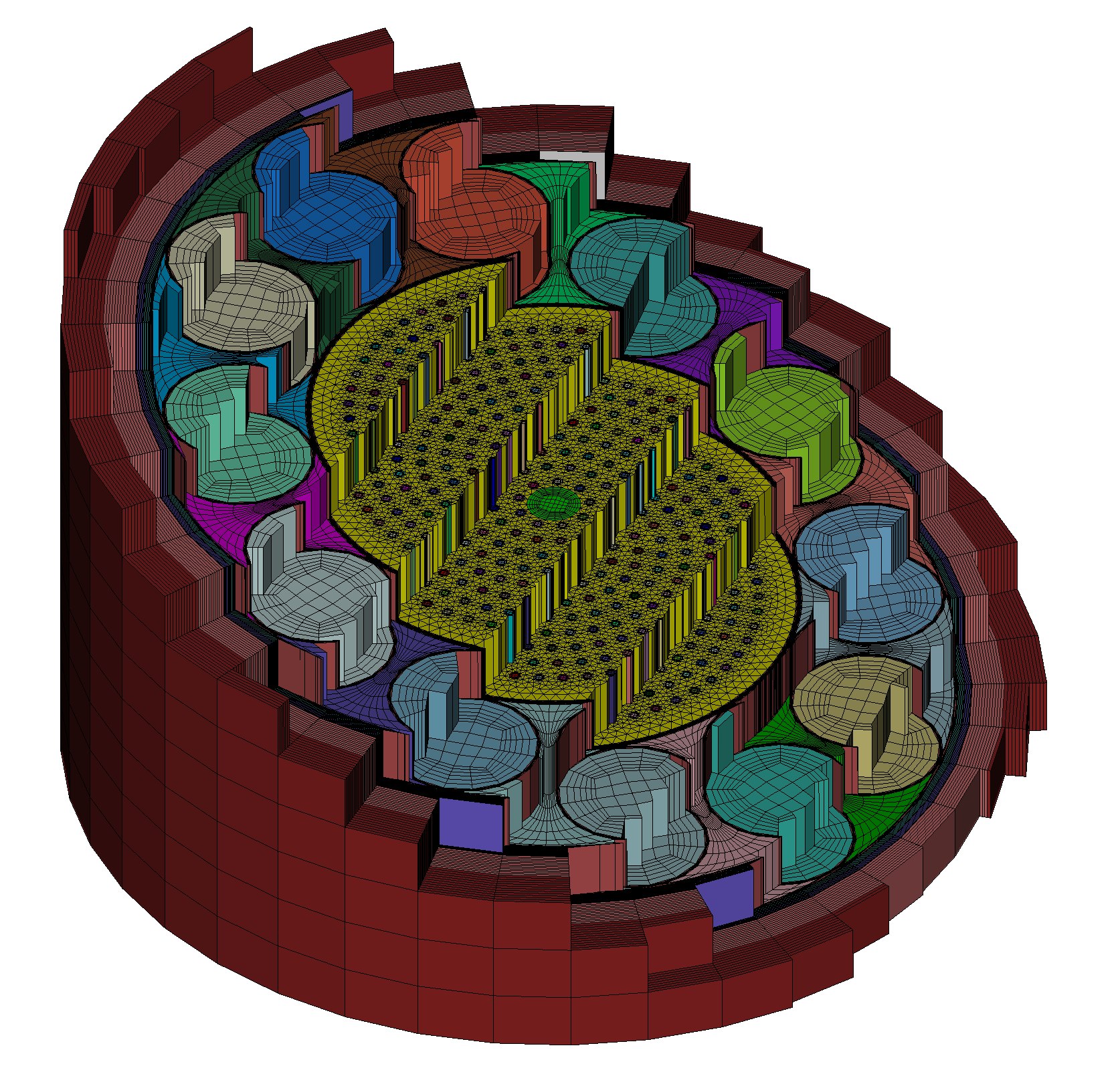
Nuclear energy startup accelerates reactor design with Coreform Cubit
Radiant uses Coreform Cubit as a critical part of its process to design a safe, portable nuclear microreactor.
Radiant Industries, Inc. was founded by former SpaceX engineers in 2019 to develop a portable and economical nuclear reactor.Coreform Cubit was the obvious choice for Radiant because of its leading hex meshing tools, Python scripting, and strong integration with leading nuclear industry simulation codes.
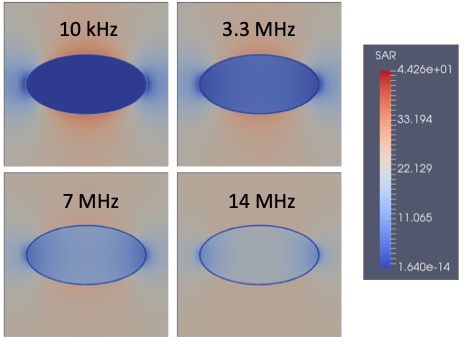
Research group relies on Coreform Cubit to generate high-quality models for numerical simulations
Coreform Cubit is used at Helmut Schmidt University Hamburg to generate parametrizable meshes for numerical simulations of various problems
Theoretical Electrical Engineering and Numerical Field Calculation (TET) is a research group at the Helmut Schmidt University, University of the Federal Armed Forces in Hamburg, Germany. TET researchers use Coreform Cubit for its powerful scripting, ability to generate meshes for parameterized geometries, and clear guided user interface and documentation.



